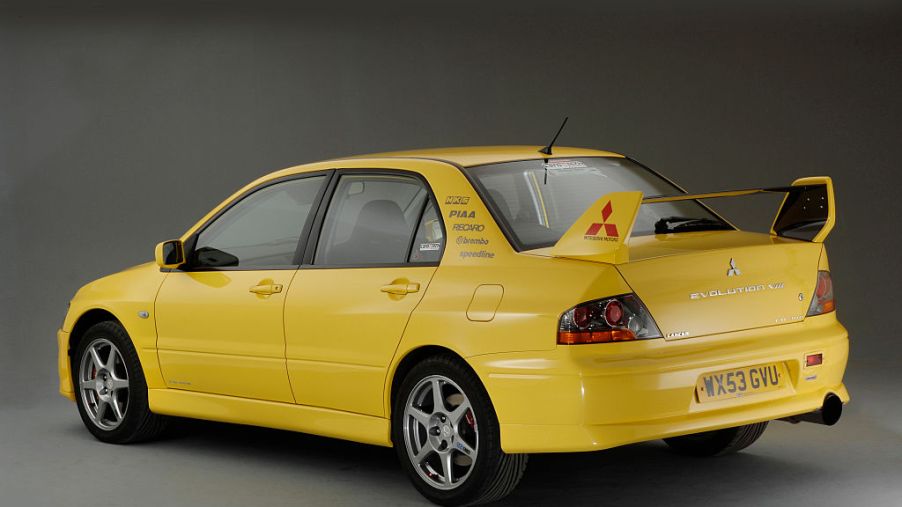
What Do Spoilers on Cars Do?
In the quest to produce some of the fastest or sportiest-looking cars, some automobile companies pull out all the stops. Using aerodynamic design, they’ve implemented some most interesting elements to provide both function and style to their high-end vehicles. But, how did those design pieces come about? While the intricate styles we see today are new, the concept of spoilers actually has been around for quite a while. We have the 1960s to thank for the delivery of what we now know as a car’s spoiler.
Companies designed race cars more like regular streetcars back in those days. The drivers would look for any advantage they could to increase speed for winning more races.
Aerodynamic body styles helped, but to get the most out of them, the task called for a little more creativity and specific designing. Spoilers and wings became the features that proved to be the most beneficial for increased speed and better tire grip on those tight turns. Racecar drivers of all eras appreciate how these elements changed this sport.
How does a car spoiler work?
To understand how a spoiler works, think about a car driving at high speeds. The air, the car is driving through, will flow over the top of it. Normally, it would travel over the trunk and under the vehicle. The force of air under the car would try to lift it up, which made the tires unable to grab the track as they should. The drag and wind resistance decreases speed instead of increasing it.
Spoilers are accessories, like tails, that extend off the trunk of the vehicle, ‘spoiling’ the airflow. The rear spoiler basically interrupts the flow and redirects it for reduced drag. When added with other aerodynamic features, like the rear wing and side skirts, cars can gain more speed while maintaining control on the sharpest of turns.
Front spoilers
Front spoilers, seen under the front bumper or attached to it, redirects the airflow either to cool the engine compartment or to displace air under the vehicle away from the tires. Like the rear spoiler, it also reduces lift, and drag. But front spoilers also help to disperse some air before it reaches the rear spoiler.
The spoiler placed in the front was another racecar design, created for speed. High-powered drivers made them popular, and over the years, they became an accessory to the passenger vehicles we drive today. While they sure appeal to racecar fans, the function of these spoilers is to keep fuel costs down, not to gain high speeds on the pavement.
Rear wings and side skirts
Wings work the same as spoilers do, with basically one exception. The wing, reminiscent of an upside-down airplane wing, allows the air to push down on the car. That downward airflow pushes more weight onto the vehicle, making the tires to grab the road. The downside to that is that it creates more wind resistance for the car. But, some high-end sports cars have automatic controls that can shift the wing to whatever angle offers the best speed or resistance.
Side skirts are also beneficial to aerodynamic design. These air dams will prevent the flow of air from going underneath by eliminating space between the road and the underside of your vehicle. When used with a spoiler and wing, these skirts boost your driving performance on the road.
Spoilers started out as race car aerodynamic devices but evolved over time to be accessories on the passenger cars and street legal speedsters we see today. Because racecars needed elements with precision to gain speed, we now have features that not only give us sporty styling but saves us money at the pump. Now, with automation becoming key to a car’s performance, aerodynamic design will bring even more benefits in the future.


